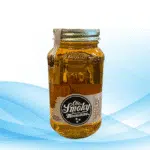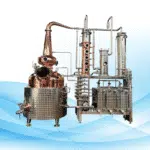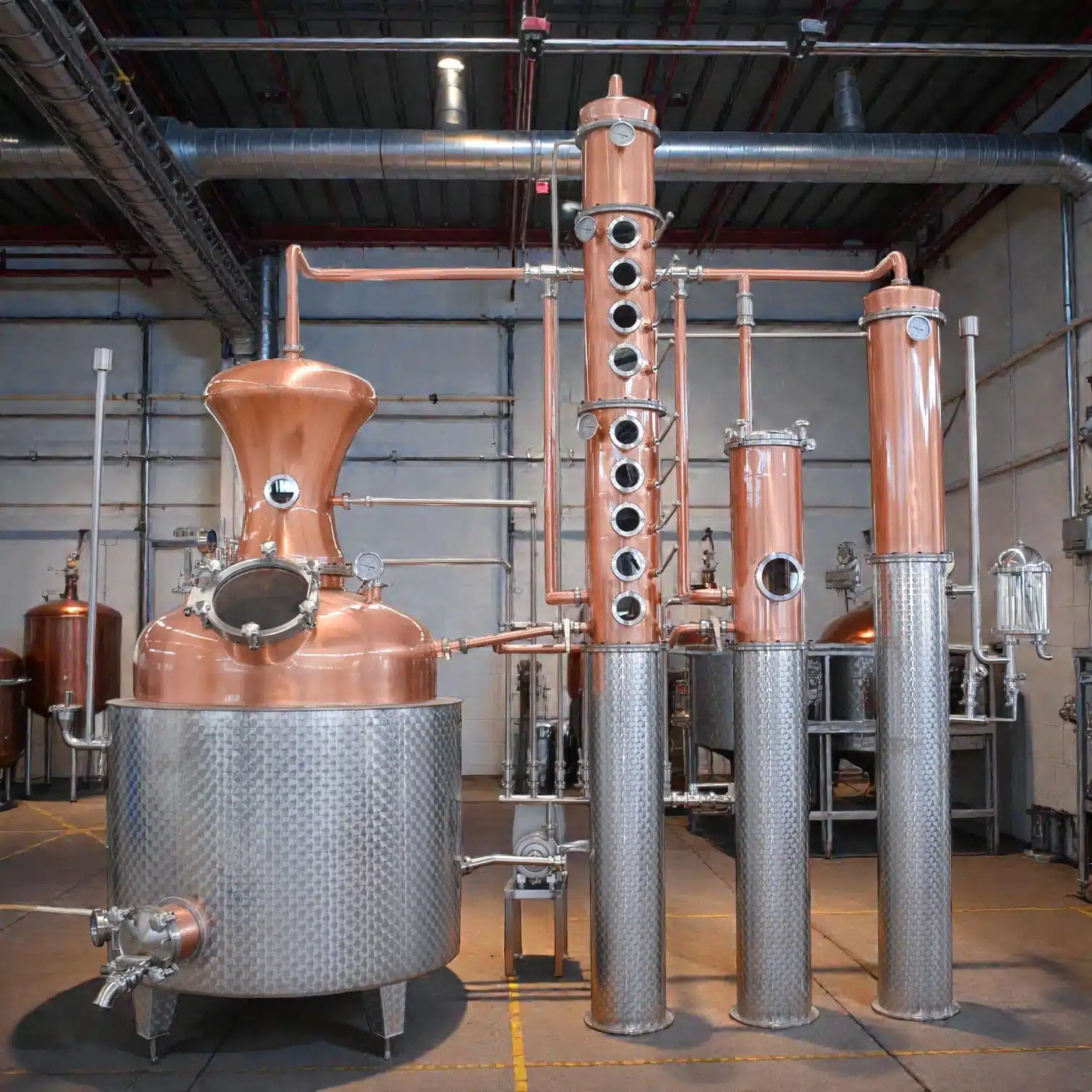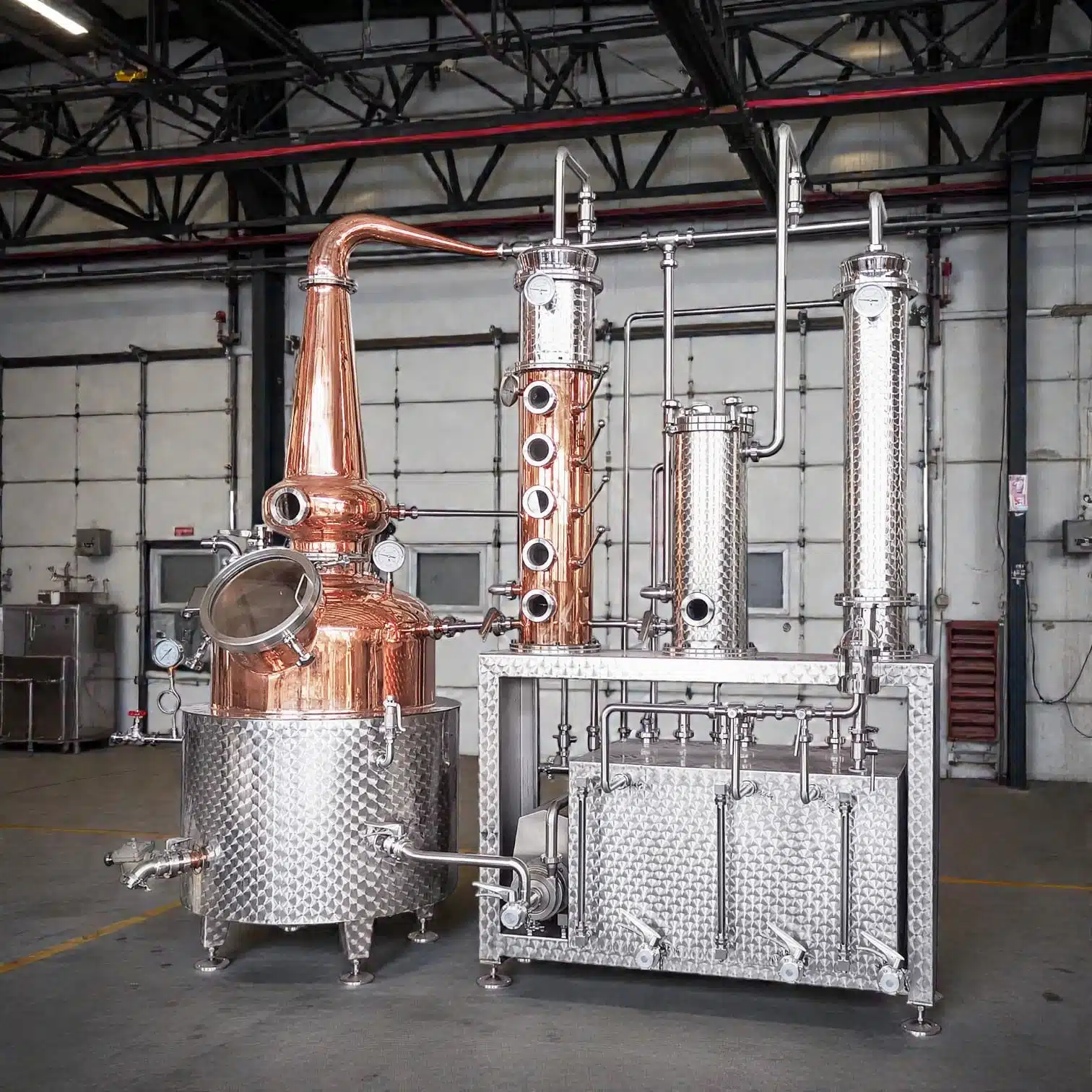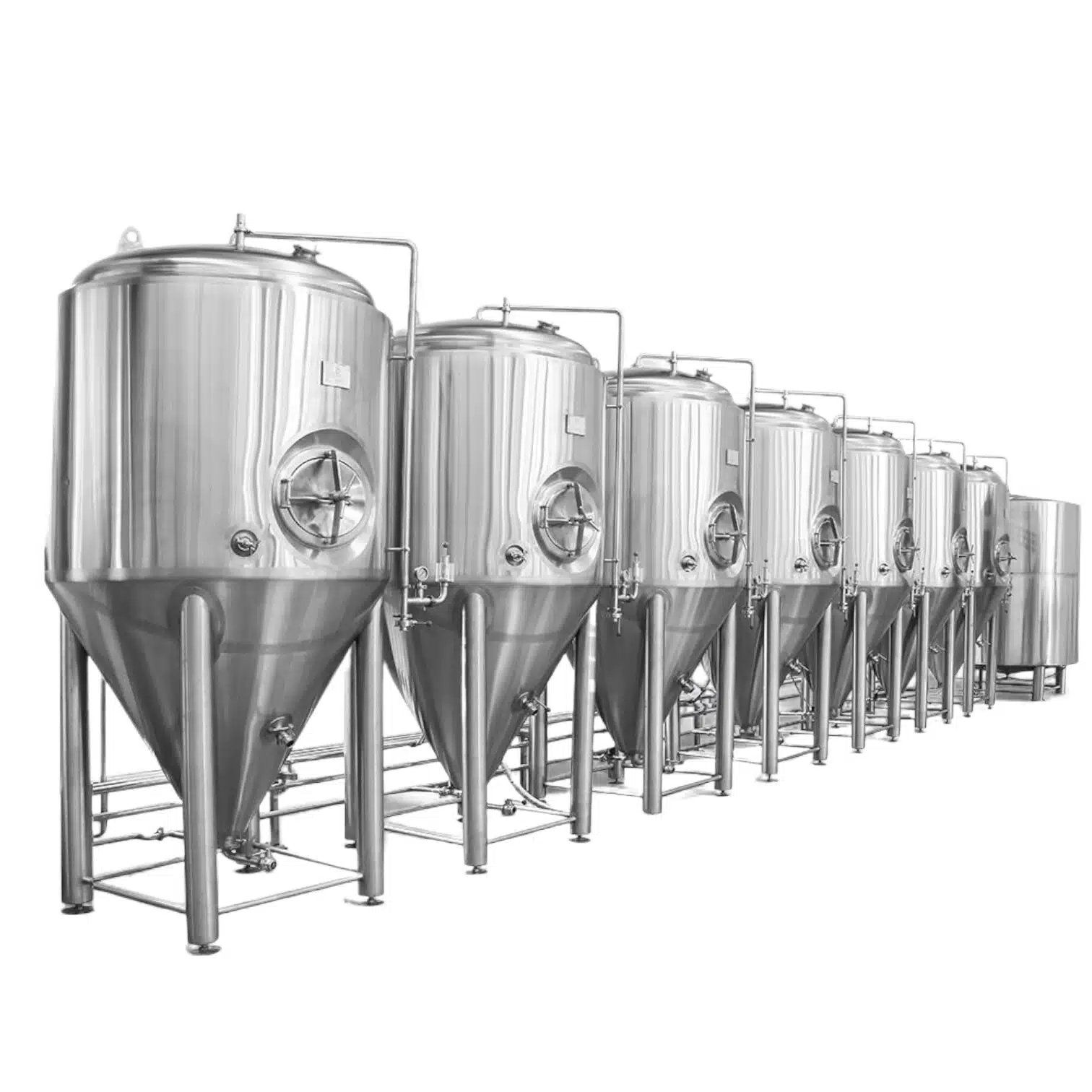Why Choose Making Beer from a Kit
Making beer from a kit is an easy way for newcomers to dip a toe into home brewing without feeling overwhelmed. The pre-measured ingredients and clear instructions handle the tricky parts, letting you focus on the fun of creating your own drink. If you typed “easy homebrew” into Google, or you’re just after a relaxed weekend project, you’re looking for dependable pours with minimal fuss, not headaches. This guide walks you through the whole process—laying out every step, sharing pro tips, and answering the questions other first-timers ask.
Understanding Home brewing Kits: What’s Inside

Common Components
Most kits include:
- Malt extract (liquid or dry) – base for brewing.
- Hops give the beer its pleasant bitterness and aroma.
- The yeast packet decides how the taste develops during fermentation.
- Adding priming sugar at bottling creates that satisfying fizz.
The kit comes with clear instructions that walk you through every step.
These four parts make brewing from a kit simple, good news for folks typing “complete beer kit” or “all-grain vs extract” into their search bar.
Types of Kits
Extract kits use pre-made malt extract and are the quickest way to beer.
Partial mash kits mix some extract with a few specialty grains for added flavor.
All-grain kits demand a mash tun and more time, so they suit seasoned brewers.
Newcomers should start with an extract kit, matching searches like “best beginner beer kit” while still delivering great taste.
Step-by-Step Process: Making Beer from a Kit
Preparation and Sanitization
First, gather your gear: fermenter, siphon, airlock, and bottles.
Clean and sanitize everything. Hops, malt, and water are forgiving, but a dirty tool leads to wild off-flavors that ruin the batch.
Lay out everything in the order the kit tells you, so you don’t dig through drawers mid-boil.
Brewing Day
Start by boiling the amount of water your kit calls for.
Stir in the malt extract slowly to keep it from sticking to the bottom and burning.
Follow the hop schedule exactly—each 60, 30, and 5-minute addition brings its own aroma and bitterness.
When the boil ends, chill the wort fast with an ice bath or a coil chiller.
Fermentation
Pour the cooled wort into the fermenter you wiped clean and sanitized.
Sprinkle or rehydrate the yeast, then gently stir or shake to wake it.
Seal with an airlock and let it sit in a steady spot between 65 and 72 °F.
After a week or two, the bubbling will calm, telling you fermentation is finished.
Bottling or Begging
Again, sanitize every bottle, cap, or keg part that will touch the beer.
If bottling, boil the priming sugar, cool it, and pour it into the bottling bucket before siphoning.
Cap the bottles and store them upright at room temp, so carbonation can build—usually 1 to 2 weeks.
After a short chill, crack one open and enjoy the taste of your homemade craft brew.
Tips for Better Results
Temperature Control
Keep fermentation temp steady. A basic controller, a simple swamp cooler, or even a wet towel can stop heat stress from throwing the flavors out of whack.
Ingredient Quality
Buy kits from brands with good reviews, and ask for the freshest hops or liquid extract at your local store. Fresh, quality ingredients make flavor and clarity pop, letting your brew stand proudly next to store-bought crafts.
Carbonation and Aging
If your beer ends up tasting flat, double-check that you measured the priming sugar correctly and that every bottle is sealed tight. Let the bottles rest for an extra week, and you’ll usually notice a cleaner flavor and a smoother finish.
Common Issues and Solutions
Off‑Flavors
Di acetyl (buttery): Give fermentation a few extra days, so the yeast can clean up the butter tones.
DMS (cooked corn): Cool the wort faster and boil steadily, so the DMS cooks off completely.
Low Carbonation
Run through the priming-sugar math again, or try convenient carbonation drops.
Also, make sure caps are snug and keep the bottles at room temperature for 1 to 2 weeks, so the yeast can work.
Conclusion
Starting with a beer kit is a fantastic way for new home brewers to jump in. It’s simple, cheap, and you get to enjoy something you made yourself. If you stay focused on cleaning, follow the steps, watch the temperature, and give the beer time, you will end up with a pour you’re proud of. Each new batch builds your skill and courage, setting the stage for more advanced brewing later on.
Frequently Asked Questions
Q1: How long does making beer from a kit take?
In total, plan on about 4 to 6 weeks: one week to brew, two weeks to ferment, and one or two weeks for carbonation.
Q2: Can beginners make good beer from a kit?
Yes, for sure. Kits are made with newcomers in mind and normally deliver solid, tasty results with very little fuss.
Q3: Is kit beer as good as commercial craft beer?
It might not have the same depth as an all-grain batch, but a well-made kit beer can taste just as good as many craft brews you buy at the store.
Q4: Do you need special equipment for a kit?
All you really need are a fermentation bucket, an airlock, sanitizer, bottles, and a copper; most starter kits bundle these tools together.
Q5: What’s the cost of making beer from a kit?
A standard 5-gallon kit usually costs between $30 and $50, and when you factor in reusable gear, each bottle ends up being less than a dollar.





